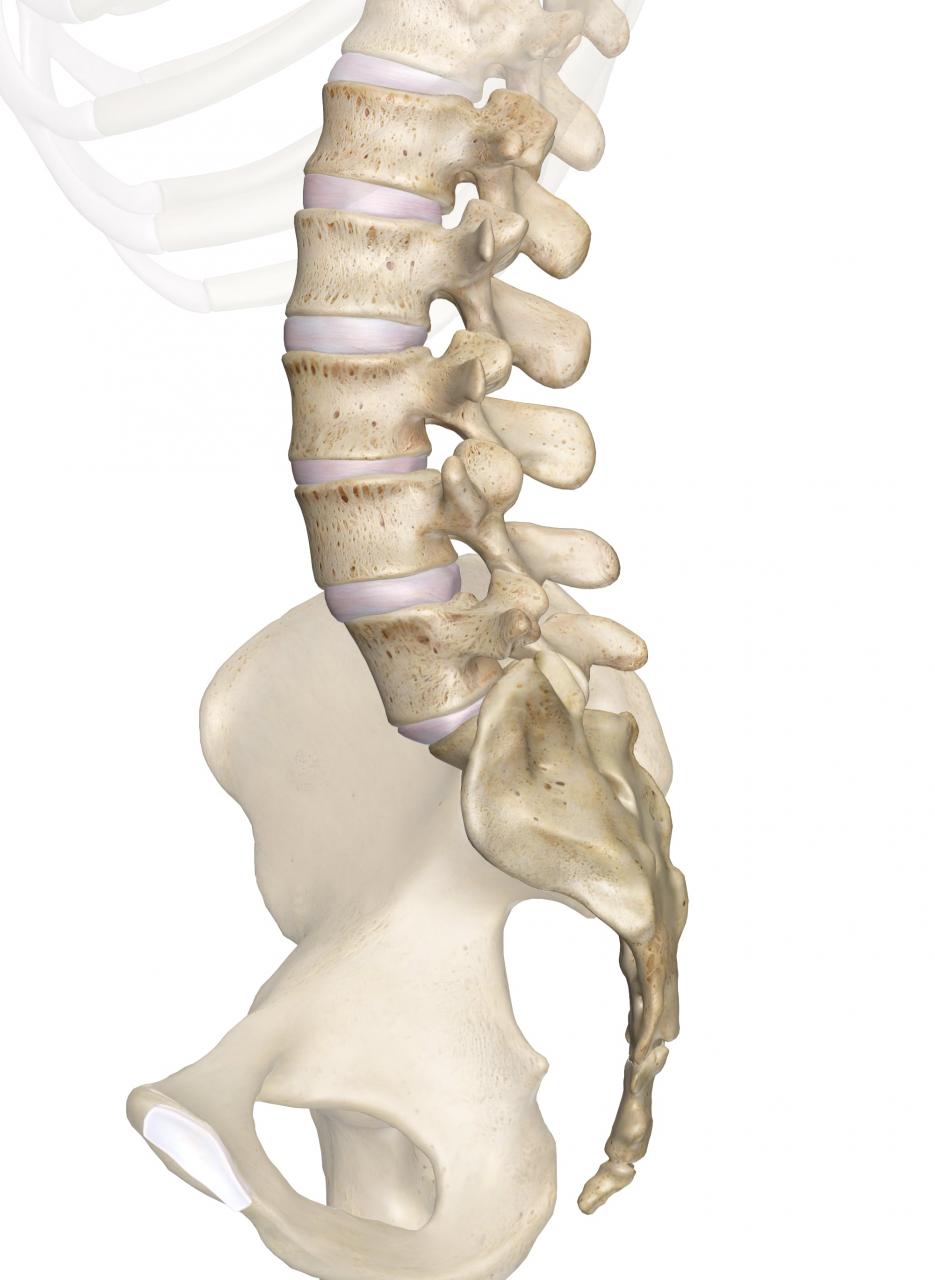Understanding the intricacies of our spine, particularly the lumbar region, is crucial as most people will encounter lower back pain at some point in their lives. Here’s what you need to know about lumbar health, pain management, and the relevant treatments.
Inspection of the Lumbar Spine
When examining the low back, the first step is inspection. It’s essential to observe the spine’s contour. The normal curvature of the upper spine is termed as kyphosis, while the lower spine exhibits an anterior curvature known as lordosis. Notably, a flat lower spine, or a lack of lumbar lordosis, is frequently linked to low back pain.

Bone Density & Its Classification
The World Health Organization uses a specific system to classify bone density:
T-scores of –1 or above: Indicates normal bone density.
T-scores between –1 and –2.5: Indicates low bone density or osteopenia, though not osteoporosis.
Lumbar Spondylosis & Its Implications
Lumbar spondylosis refers to the age-driven degeneration of the vertebrae and disks in the lower back. Often termed as degenerative disk disease and osteoarthritis, this prevalent condition signifies the breakdown of one or several disks separating the spine’s bones.
Diagnosing Lumbar Radiculitis
Lumbar radiculitis denotes inflammation of a nerve root in the lower spine. Symptoms include pain, tingling, numbness, or a burning sensation in the back and legs. A myriad of healthcare professionals, such as primary care providers, sports and spine specialists, rheumatologists, orthopedic surgeons, or physiatrists, can diagnose this condition.
Spinal Stability & Exercises
Though spinal instability can be a contributing factor to low back pain, strengthening the core can be a countermeasure. Exercises like the big three can help stabilize the spine, ensuring a healthy and pain-free lower back.
Understanding Chronic & Acute Back Pain
Back pain can be broadly categorized into two types: acute and chronic. While the former subsides within a few days or weeks, the latter lasts for more than three months. Though back pain can manifest anywhere in the spine, the lumbar spine or lower back is the most common site.
Anatomy of the Spine
The spine, whether cervical, thoracic, or lumbar, essentially has similar vertebrae. Every vertebra is made up of two sections: the vertebral body, a sturdy cylindrical segment, and the second part which ensures the spine’s stability. More insights on this can be obtained from here.
In conclusion, lumbar health is paramount. By understanding our spine’s structure and the potential issues associated with it, we can take proactive measures to ensure its well-being.


